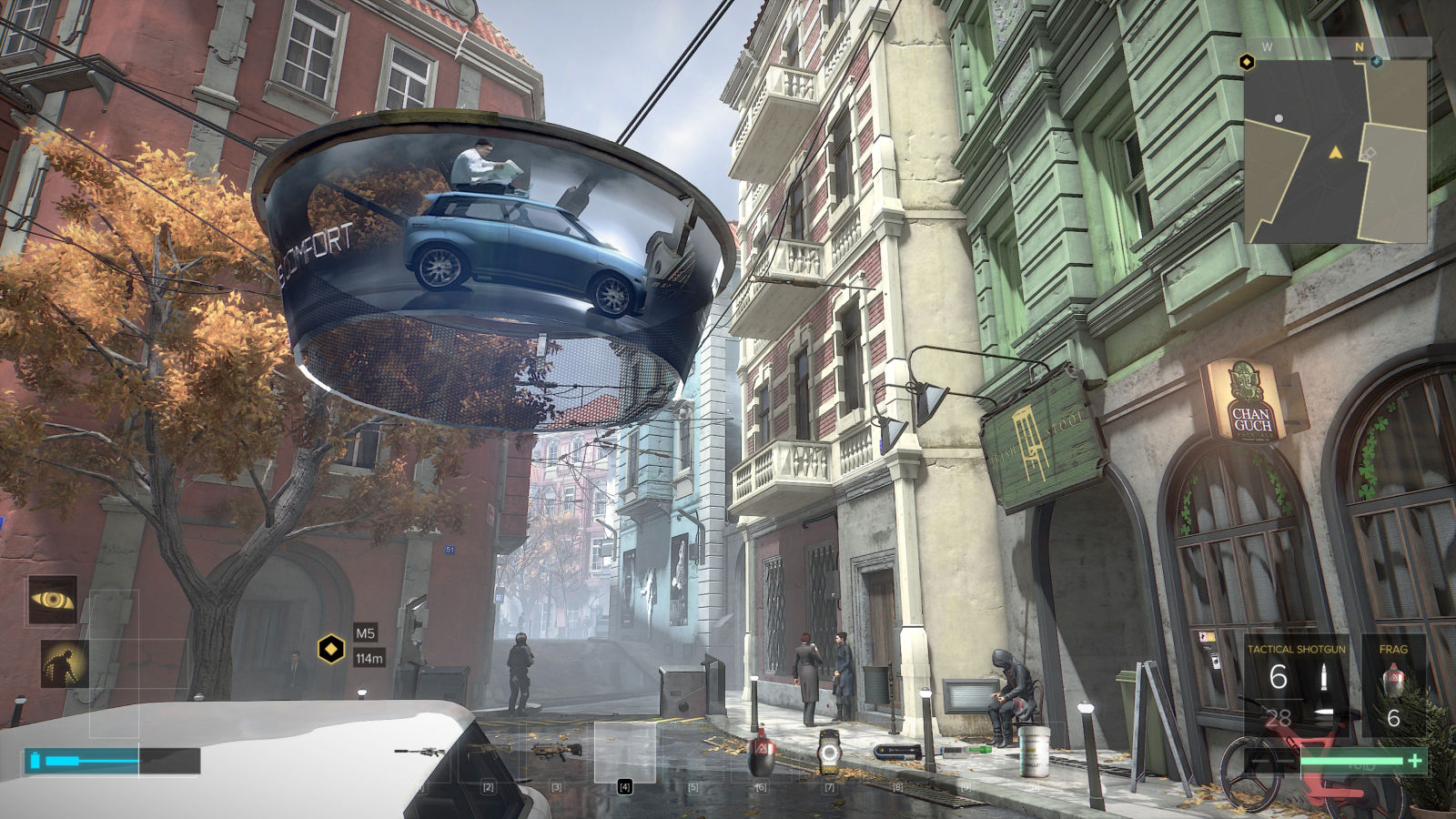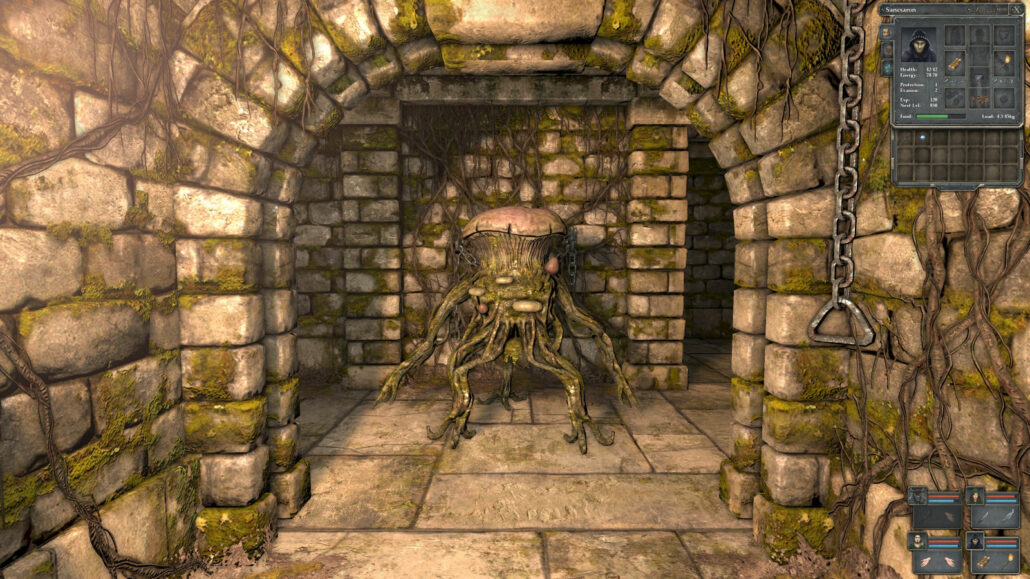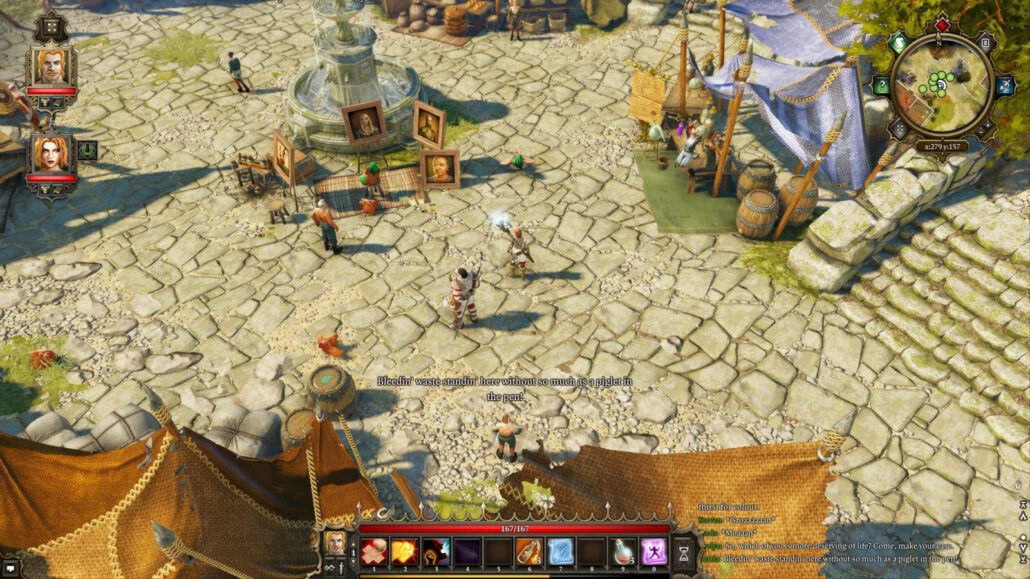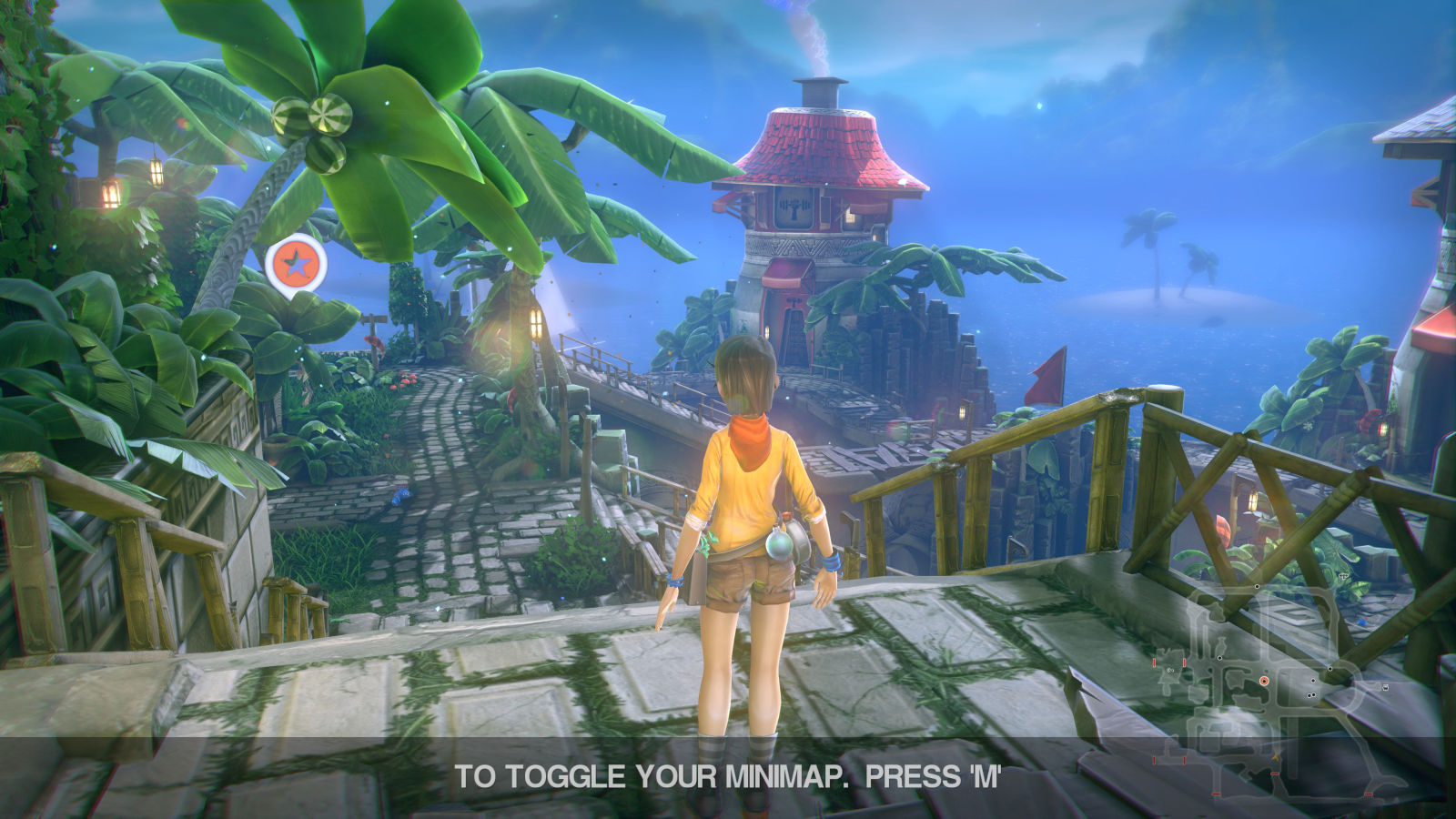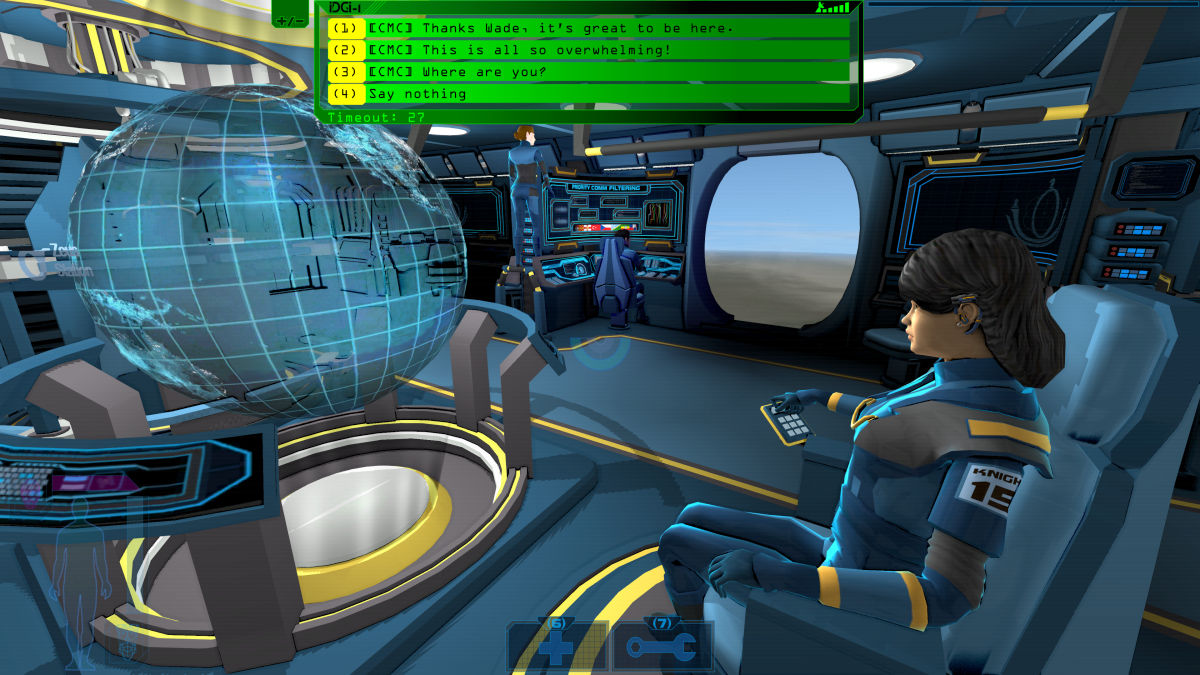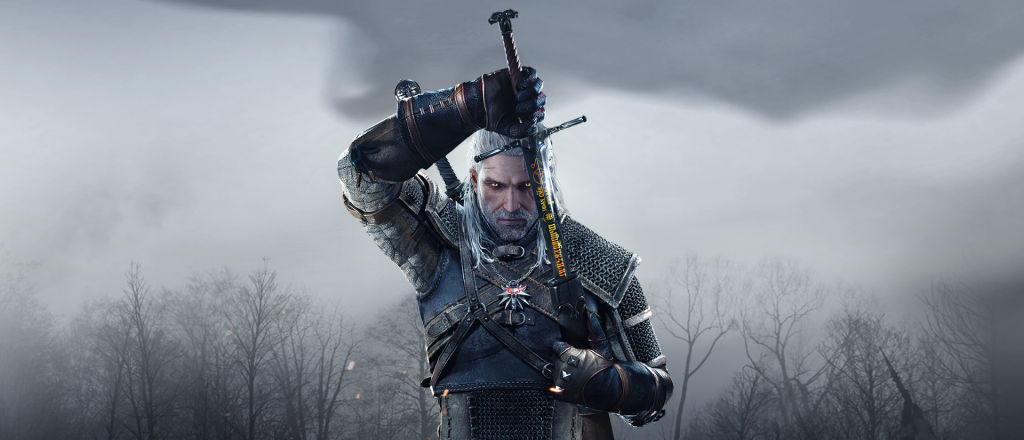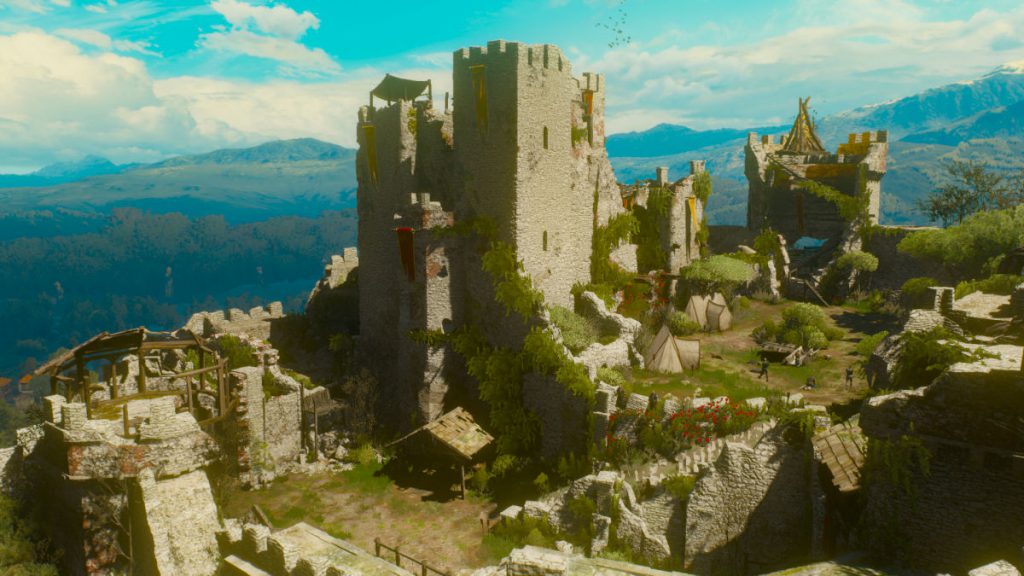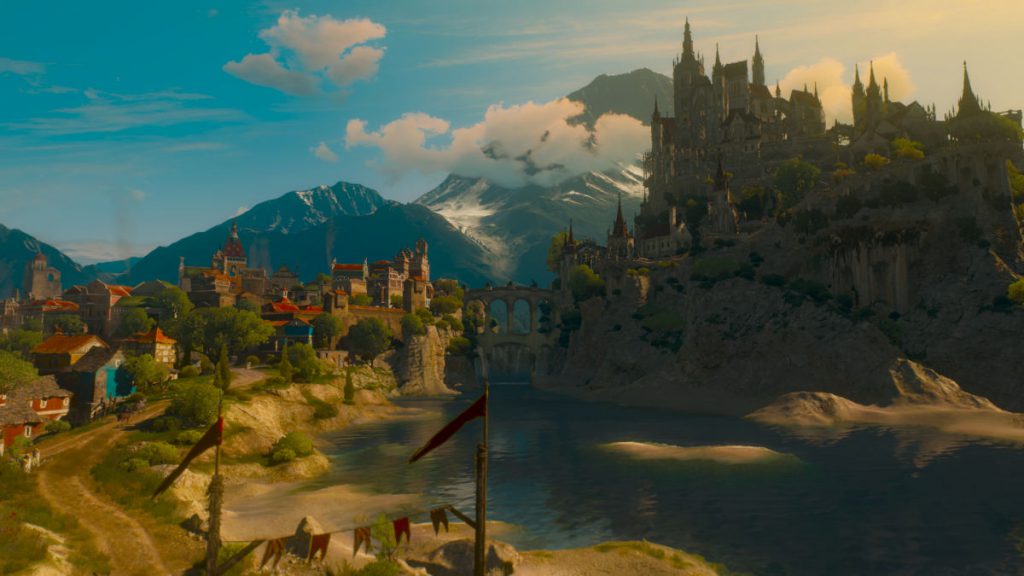Developer: inXile Entertainment | Released: 2015 | Genre: RPG, Turn-based
Even though I never played much of the first Wasteland game, I still backed this one. It looked really promising, but the reports of it being difficult kept me postponing it – until today. And I’m happy to say that even playing it so late to the party, I was still grabbed by it and found it really atmospheric.
At least until California.
Taking place in a post-apocalyptic world, it felt like much more of an earnest successor to Fallout 2 than the games Bethesda produced after buying the rights to the franchise.
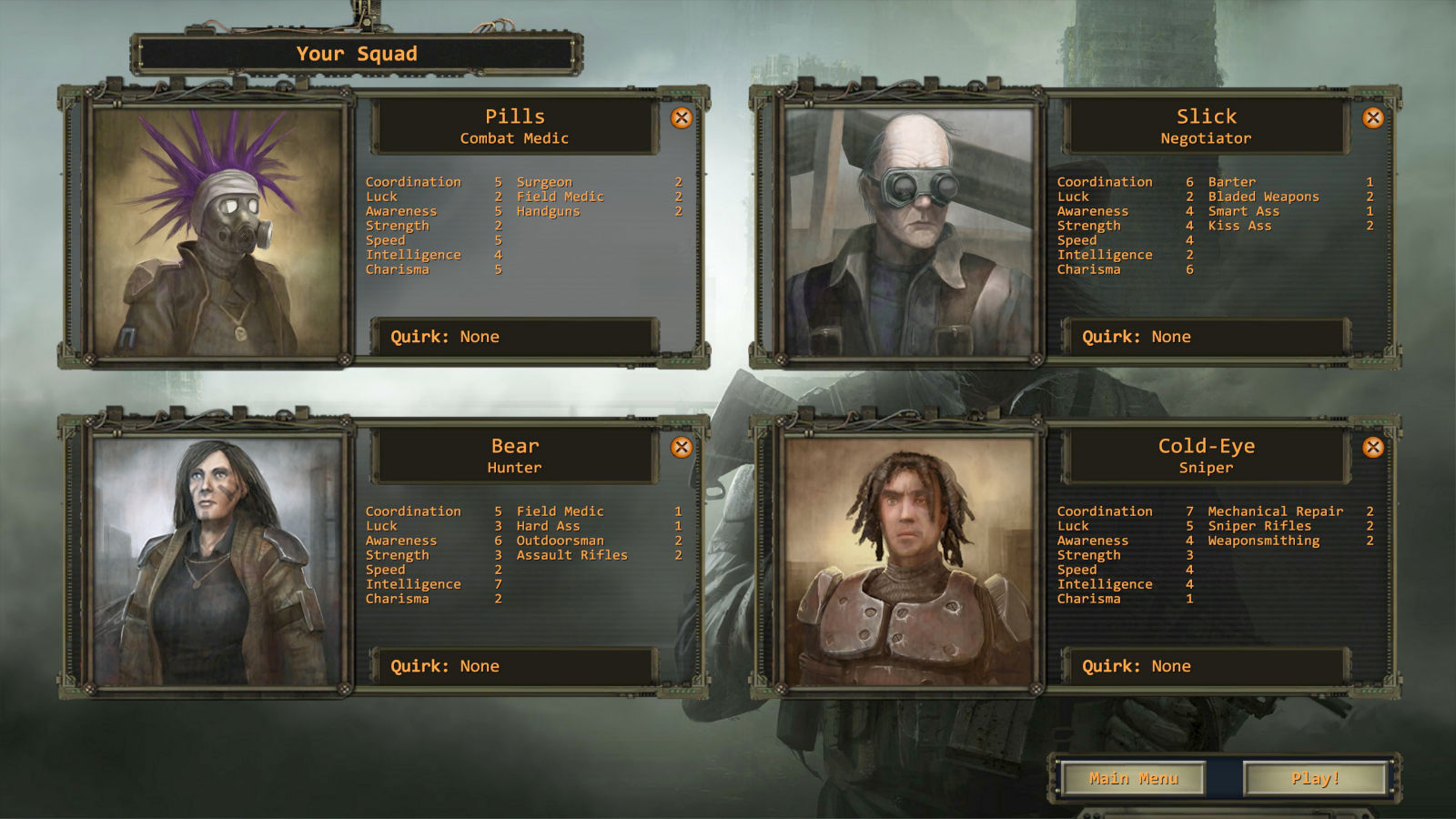
I played with the preset party featuring Pills, Slick, Bear and Cold-Eye. It started with General Vargas giving my party their first assignment as Desert Rangers – figure out how Ace died while putting repeater units on three radio towers in the wasteland, complete his job, and optionally revenge him. I made sure to accept Angela Deth as my fifth party member, and into the wasteland we ventured.
The atmosphere was excellent. The music and the ambient sounds were spot on, and the random radio calls from someone asking for help an excellent detail. In between the settlements I was traversing a larger map and it was important that our water supply would suffice. This is also where random encounters could happen, or we had to cross nasty clouds with radiation.
In the settlements themselves, it was typical party management and turn-based combat. It felt like I was allowed to move around further each turn than in other turn-based games, which was great for reaching cover behind crates or stones. I won’t get into too much of the story here, but the dialog with NPC’s were well written and their settlements had interesting quests and tasks to do.





